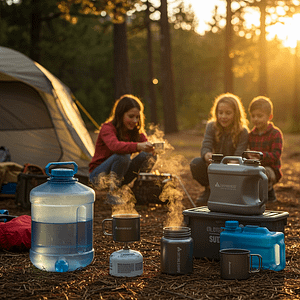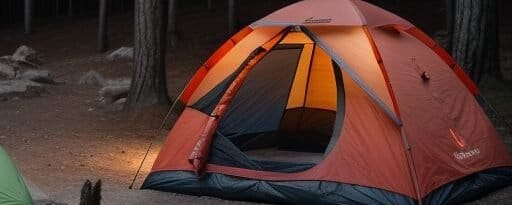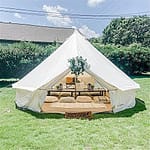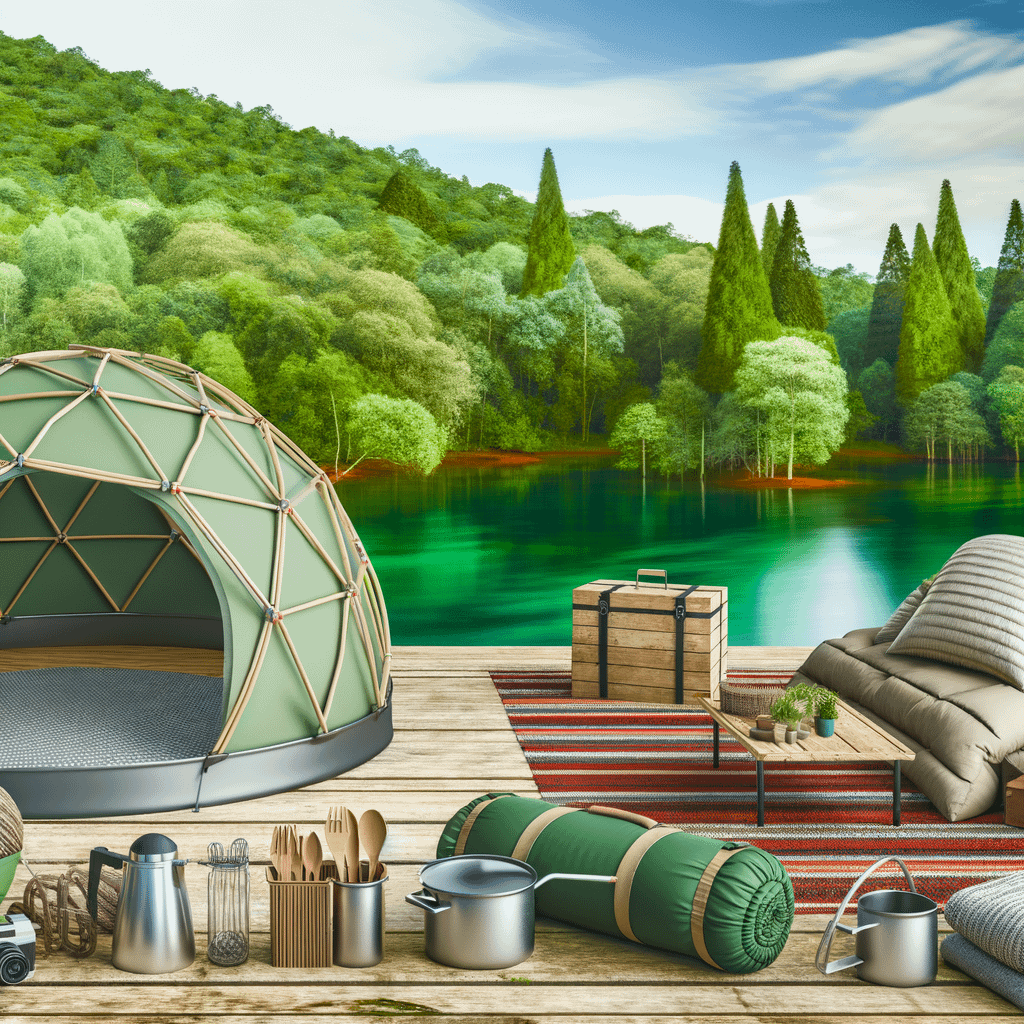How to Choose the Best Water Jug For Camping
The Ultimate Guide to Choosing the Perfect Camping Water Storage Container
Picture this: You’re three days into your dream camping adventure, the sun is blazing overhead, and you reach for your water jug only to discover it’s bone dry – or worse, contaminated with a funky taste that makes you gag. Don’t let poor water storage ruin your outdoor escape. Whether you’re a weekend warrior or a seasoned overlander, choosing the right camping water storage container can literally make or break your entire trip. In this comprehensive guide, we’ll dive deep into everything you need to know about selecting the perfect water jug that’ll keep you hydrated, happy, and ready for whatever Mother Nature throws your way.
Why Your Choice of Camping Water Container Matters More Than You Think
When most people think about camping gear, they obsess over tents, sleeping bags, and fancy gadgets. But here’s the brutal truth: you can survive weeks without food, but only three days without water. Your portable camping water storage solution isn’t just another piece of gear – it’s your lifeline in the wilderness.
The wrong water container can turn your peaceful retreat into a survival nightmare. I’ve seen campers get violently ill from contaminated water stored in cheap containers, watched families pack up early because their water tasted like plastic chemicals, and witnessed the frustration of dealing with leaky jugs that leave you high and dry when you need hydration most.
“After 30 years of wilderness guiding, I’ve learned that water storage is where most camping trips succeed or fail. A good water container should be invisible – it just works. But a bad one? That becomes the only thing you can think about.”
But it’s not just about survival. The right family camping water jug enhances every aspect of your outdoor experience. It ensures your morning coffee tastes perfect, your kids stay properly hydrated during hikes, and you have enough clean water for cooking, cleaning, and emergency situations.
Understanding Your Camping Water Storage Needs
Before we dive into specific products, let’s talk about your unique situation. Not all campers are created equal, and neither are their water storage needs. The best camping water container for families looks very different from what a solo backpacker requires.
Consider Your Camping Style
Car Camping and RV Adventures: If you’re driving to your campsite, weight and pack size aren’t major concerns. You can opt for larger, more durable containers like rigid 5-gallon jugs or even military grade camping water containers that can handle rough treatment and provide ample water for extended stays.
Backpacking and Hiking: Every ounce matters when you’re carrying your home on your back. Collapsible camping water containers become game-changers here, folding down to almost nothing when empty but expanding to hold several gallons when needed.
Overlanding and Off-Road Camping: You need containers that can handle vibration, temperature extremes, and rough handling. Look for containers specifically designed for vehicle mounting and extreme conditions.
Water Consumption Planning
Here’s a reality check: most people dramatically underestimate their water needs. The general guideline is one gallon per person per day, but that’s just for drinking. Add cooking, cleaning dishes, personal hygiene, and emergency reserves, and you’re looking at 1.5-2 gallons per person daily.
“I always tell my clients to calculate their water needs, then add 50% more. It’s better to have too much water than too little, especially when you’re depending on a single container for your entire group’s hydration.”

Key Features That Separate Great Water Containers from Mediocre Ones
Material Quality and Safety
The material your water container is made from affects everything: taste, durability, safety, and longevity. BPA free camping water jugs should be non-negotiable – you’re drinking from this thing, after all.
Food-Grade HDPE Plastic: High-density polyethylene is the gold standard for water storage. It’s durable, doesn’t impart flavors, and resists UV damage. Look for containers specifically labeled as food-grade.
LDPE (Low-Density Polyethylene): More flexible than HDPE, making it perfect for collapsible water storage containers. While not as durable as HDPE, quality LDPE containers can last for years with proper care.
Stainless Steel: Premium option that’s virtually indestructible and completely taste-neutral. However, these containers are heavier and more expensive.
Capacity Considerations
Size matters, but bigger isn’t always better. A massive 7-gallon container might seem like a great idea until you realize it weighs 60 pounds when full and won’t fit in your vehicle properly.
2-3 Gallon Range: Perfect sweet spot for couples or small families. Easy to handle when full, fits most vehicle storage spaces, and provides adequate water for 2-3 days.
5-6 Gallon Containers: Ideal for larger families or extended trips. These large capacity camping water jugs require two people to move when full but provide excellent value for base camp situations.
1-2 Gallon Options: Great for backup storage or when weight is a critical factor. Perfect for motorcycle camping or as supplementary containers.
Dispensing Systems That Actually Work
Nothing ruins a peaceful morning like wrestling with a poorly designed spigot while trying to make coffee. The dispensing system can make or break your container experience.
Traditional Spigots: Simple, reliable, and easy to clean. Look for spigots with comfortable grips and smooth operation. Avoid cheap plastic spigots that crack easily.
Push-Pull Valves: Great for one-handed operation, perfect when you’re holding a pot or cup. However, they can be more difficult to clean thoroughly.
Flip-Top Dispensers: Excellent middle ground between spigots and valves. Easy to operate and clean, with good flow control.
“The spigot is where most water containers fail. I’ve tested dozens of containers, and the ones with poorly designed dispensing systems always end up abandoned in garages. Invest in a container with a quality spigot – your future self will thank you every morning.”
Rigid vs. Collapsible: The Great Camping Water Container Debate
This is where camping water storage gets interesting. The choice between rigid and collapsible portable water containers often defines your entire camping experience.
Rigid Containers: Built Like Tanks
Advantages: Rigid containers are the workhorses of camping water storage. They’re incredibly durable, stack efficiently, and have superior spigot systems. Rigid camping water storage tanks can handle being dropped, kicked, and generally abused without missing a beat.
These containers excel in base camp situations where you’re setting up for several days. They’re perfect for car camping, RV adventures, and any situation where storage space isn’t at a premium.
Disadvantages: They take up the same amount of space whether full or empty. For space-conscious campers or those frequently changing locations, this can be a significant drawback.
Collapsible Containers: Space-Saving Champions
Collapsible camping water storage has revolutionized how we think about portable hydration. These innovative containers fold down to a fraction of their full size when empty, making them perfect for space-constrained adventures.
Advantages: The space-saving aspect is obvious, but the real benefit comes during multi-location trips. You can collapse empty containers as you use the water, freeing up valuable storage space for souvenirs, extra gear, or supplies.
Modern collapsible containers have solved many early design problems. Quality versions now feature reinforced corners, reliable spigots, and materials that don’t impart flavors.
Disadvantages: They’re generally not as durable as rigid containers and can be more challenging to clean thoroughly. The spigot systems, while much improved, still tend to be less robust than those on rigid containers.
Top Features to Look for in Premium Water Containers
UV Resistance and Light Protection
Sunlight is water’s enemy. UV rays not only degrade container materials but can also promote algae growth and create that nasty plastic taste. Look for containers with UV inhibitors built into the material or opaque designs that block light completely.
Easy-Clean Design
You’ll be surprised how quickly a water container can develop that funky smell if you can’t clean it properly. Wide-mouth openings are essential for thorough cleaning and drying. Some premium containers feature removable internal components for deep cleaning.
Graduated Markings
Knowing exactly how much water you have left is crucial for trip planning. Clear, accurate volume markings help you ration water properly and know exactly when it’s time to refill.
Integrated Carrying Solutions
Comfortable handles, shoulder straps, or carrying systems make a huge difference when you’re moving water around camp. Look for ergonomic designs that distribute weight evenly.
“The little details matter more than you think. I’ve seen expensive water containers abandoned because they were uncomfortable to carry or impossible to clean properly. Always test the ergonomics before committing to a container for serious use.”
Specialized Options for Different Camping Scenarios
Emergency and Disaster Preparedness
If you’re building an emergency kit or preparing for natural disasters, your water storage needs are different from recreational camping. Emergency camping water storage prioritizes long-term storage stability, stacking efficiency, and materials that won’t degrade over years of storage.
Look for containers specifically rated for long-term storage, with materials that won’t leach chemicals over time. Opaque containers are essential to prevent algae growth during extended storage periods.
Family Camping Considerations
Camping with kids changes everything, including your water needs. Family friendly camping water containers need to be easy for children to use safely while providing enough capacity for the whole family.
Consider containers with lower profiles that kids can reach comfortably, child-safe spigot designs that won’t pinch fingers, and maybe even fun colors or designs that make hydration more appealing to young campers.
Extreme Weather and Conditions
Planning winter camping or heading to extreme climates? Standard containers might not cut it. Look for containers rated for temperature extremes, with materials that won’t crack in freezing conditions or degrade in intense heat.
Some specialized containers feature insulation or double-wall construction to maintain water temperature and prevent freezing in cold conditions.
Maintenance and Care: Making Your Investment Last
Proper Cleaning Techniques
A clean water container is a safe water container. After each trip, empty completely and wash with mild soap and warm water. For deep cleaning, use a solution of baking soda and water, or specialized cleaning tablets designed for water storage containers.
Pay special attention to the spigot area, where bacteria love to hide. Remove dispensing components when possible for thorough cleaning.
Storage Between Trips
Proper storage extends container life dramatically. Always store containers completely dry with lids slightly ajar for air circulation. Avoid storage in areas with temperature extremes or direct sunlight.
For collapsible containers, store them partially inflated to prevent permanent creasing that can weaken the material over time.
When to Replace Your Container
Even the best containers don’t last forever. Replace your container if you notice persistent odors or tastes, visible cracks or stress marks, spigot problems that can’t be fixed, or any signs of mold or algae that won’t clean out completely.
Budget Considerations: Getting the Most Value for Your Money
Budget Options ($15-30): Basic containers that get the job done for occasional use. Perfect for getting started or backup containers.
Mid-Range ($30-60): The sweet spot for most campers. These containers offer good durability, better materials, and features that enhance usability.
Premium Options ($60+): Professional-grade containers with premium materials, advanced features, and construction that’ll last decades with proper care.
“I always tell people to buy the best water container they can afford. It’s one of those pieces of gear where quality really matters, and a good container will literally last decades. Cheap containers end up costing more in replacements and frustration.”
Advanced Tips for Water Container Success
Multi-Container Systems
Don’t put all your water in one container. A smart approach uses multiple smaller containers rather than one giant one. This provides redundancy, easier handling, and flexibility in camp setup.
Water Treatment Integration
Consider how your container works with water treatment systems. Some containers have wide enough openings to accommodate UV sterilizers or filter systems, expanding your water sourcing options.
Temperature Management
In hot climates, insulated containers or simple shade systems can keep your water refreshingly cool. In cold conditions, keeping containers inside your tent overnight prevents freezing.
Making Your Final Decision
Choosing the perfect camping water storage container comes down to matching features with your specific needs. Are you a car camper who values convenience and capacity? Go rigid. Space-conscious adventurer who moves locations frequently? Collapsible might be your answer.
Consider starting with a mid-range option that covers most bases, then adding specialized containers as your camping style evolves. Remember, the best water container is the one you’ll actually use trip after trip.
The investment in quality water storage pays dividends in comfort, safety, and peace of mind. When you’re watching the sunrise from your campsite with a perfect cup of coffee made from clean, great-tasting water, you’ll know you made the right choice.
Your camping adventures deserve better than questionable water storage. Choose wisely, maintain properly, and stay hydrated out there. The wilderness is calling, and now you’re ready to answer with confidence, knowing your water needs are completely covered.











